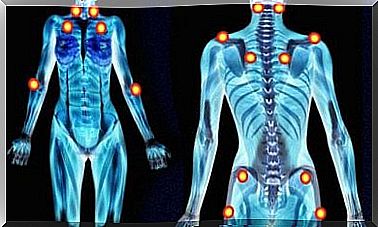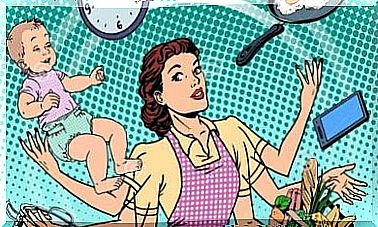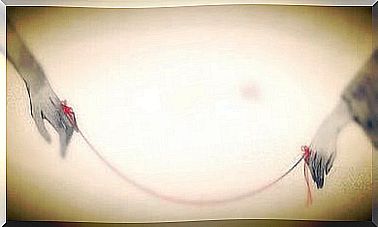How To Store Breast Milk
Breast milk should be stored properly so that it does not lose its most important properties and is suitable for consumption after being withdrawn from the mother. The most important thing is to pay attention to hygiene measures and temperature settings.
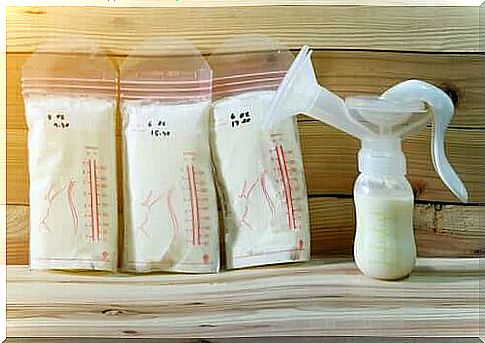
It is very important to learn how to store breast milk so that the baby always has this food available, even when the mother is away. The American Academy of Pediatrics considers it the only food that is truly suitable for the first 6 months of life.
The baby should be breastfed until the age of 12 months. Even longer if the mother or child wishes. In order not to deprive the baby of this precious food, it is necessary to store breast milk so that it can be used correctly when needed.
Just because a mother is working or going to school doesn’t mean she has to stop breastfeeding. It is therefore enough to know how to store breast milk without losing its properties and to give it to the baby by bottle when it is not present.
General recommendations on breast milk

Milk extracted from the mother’s breast and properly stored retains most of its properties without any problems. In every way, it is much better than any other milk. The most important thing, in any case, is that the extraction and storage of breast milk take place under adequate hygienic conditions.
The most important thing is to wash your hands thoroughly before pumping or handling the milk. In addition, the containers in which it will be stored must be washed very well, with soap and hot water. It is very important to label these containers with the date of pumping.
To ensure safety, all pumping and storage instructions should be followed. It is best to put the milk in small containers, as this makes storage easier and prevents waste.
Where and for how long to store
There are two types of containers to properly store breast milk. The first is a bottle, or glass or plastic container, that has an airtight seal. The second is a sterile bag, which must also be airtight.
In both cases, only keep the amount the baby consumes at one meal. So, if your baby is used to taking 12 centiliters, we advise you not to put more than 12 centiliters in each container. Never overlook a label with the date of pumping.
The storage time depends on the temperature at which it is stored. At room temperature, it keeps well for 6 hours. In a cooler, it can be kept for up to 24 hours.
By placing it in the back of a refrigerator, it can be stored for 3 to 8 days. If the bottle or bag is placed in the back of the freezer, it can be stored for up to 6 months.
Methods of storing breast milk
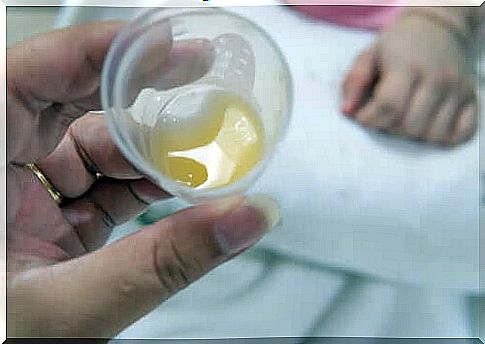
If breast milk is to be used within the next few hours, it is not necessary to refrigerate it. However, it must be stored in a clean container that protects it from the action of the environment. If it must be stored for use in the days or weeks that follow, it must necessarily be placed in the refrigerator.
For a good storage of breast milk, the following indications must be taken into account:
- It is necessary to cool breast milk before refrigerating it
- For use in the following days, the milk should be kept at the back of the refrigerator or freezer, never in the doors.
- If it is to be used in the next few weeks, it is best to freeze breast milk. This should be done as soon as possible after pumping
- Do not fill containers more than three-quarters of their capacity. When frozen, breast milk expands
- Containers should be placed at the back of the freezer, where the temperature is more uniform.
Other information to consider
Stored breast milk tends to separate into layers. Before giving it to your baby, shake the bottle gently, because if you do it with too much energy, some properties of the food may be altered.
Thawed milk will keep for two hours at room temperature or 24 hours in the refrigerator. After thawing it is no longer possible to freeze again. The best way to thaw it is to put it in a bottle and place it in a container of hot water. It should never be thawed in the microwave or in boiling water.
It is very common for milk to change color and smell a bit after refrigeration or freezing. But, if you have followed all of the instructions for storing your breast milk, there is no need to worry. If the smell is very strong, it is probably unfit for consumption.



